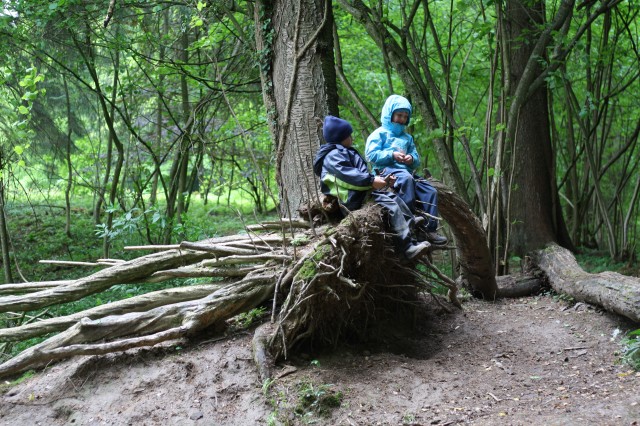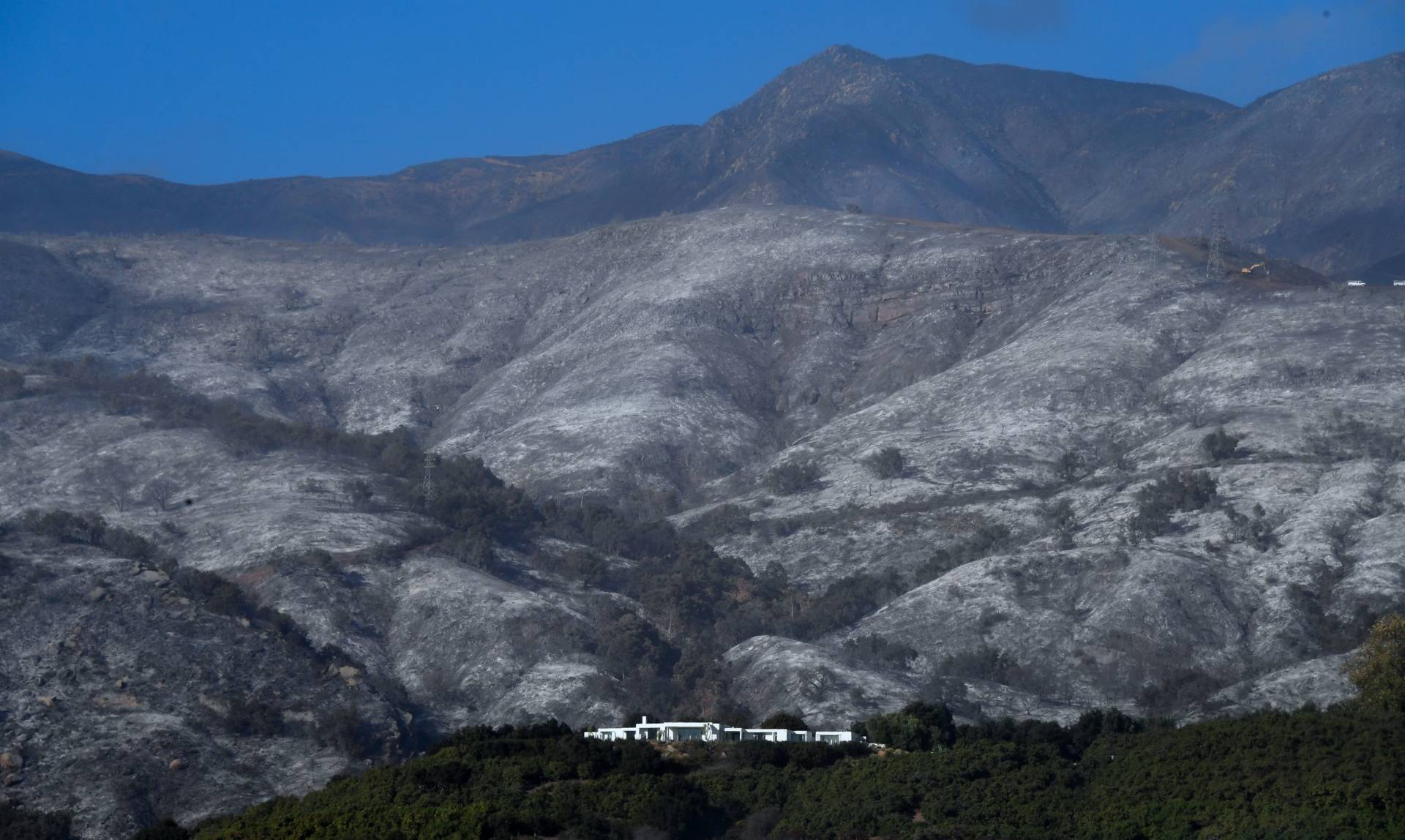
For the typical American kindergartner, unstructured free play during the school day consists of 20 to 30 minutes of recess, and perhaps some time at indoor "stations" -- perhaps creating with building blocks, costumes, or musical instruments. But what if there was more? What if the answer to "what did you do in school today?" was, “I climbed a tree, played in the mud, built a fire”?
That is exactly the kind of learning going on in the Swiss Waldkindergartens, or forest kindergartens, where children ages four to seven spend all of their school days playing outdoors, no matter the weather. With no explicit math or literacy taught until first grade, the Swiss have no set goals for kindergartners beyond a few measurements, like using scissors and writing one’s own name. They instead have chosen to focus on the social interaction and emotional well-being found in free play.
With many parents and educators overwhelmed by the amount of academics required for kindergartners -- and the testing requirements at that age -- it’s no surprise that the forest kindergarten, and the passion for bringing more free play to young children during the school day, is catching on stateside. Free play and inquiry learning are the cornerstone of Canada’s new all-day kindergarten program; forest kindergartens are popping up in Washington state, Vermont, and even Brooklyn.
At the Waldkindergarten, which takes place in the middle of the woods in Langnau am Albis, Switzerland, dotted with several handmade structures like a rudimentary wood shelter where children and teachers gather around the fire, children play, often away from teachers' view. These scenes are captured in “School’s Out: Lessons From a Forest Kindergarten,” a documentary directed by Lisa Molomot. In the 36-minute film, Molomot and producer Rona Richter show scenes from two public schools: the outdoor forest kindergarten in Switzerland and a more typical American kindergarten in New Haven, Connecticut.
The camera watches as a group of unattended children in sturdy coats and galoshes roll down a tall, muddy hill over and over; in another scene, a group of children help cook a popcorn snack over an outdoor fire, getting close enough to the open flame to add logs and poke the fire with sticks.


